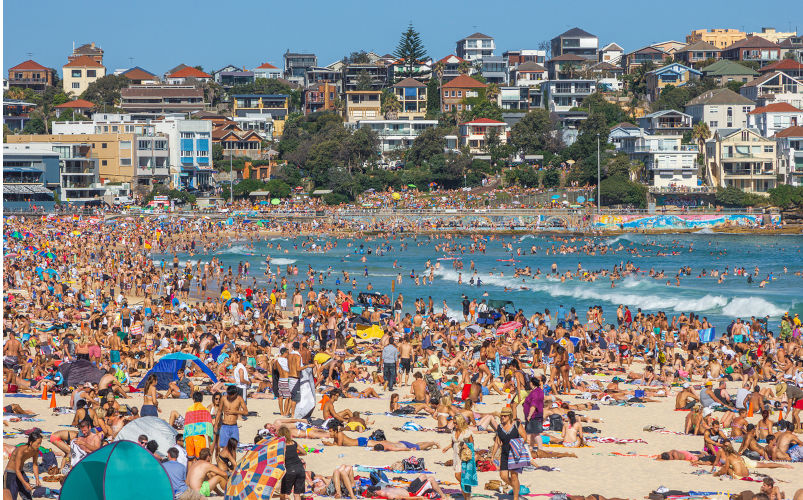A population policy anyone?
May 24, 2024
Imagine you have been asked by the Australian government to draft its new population policy. You first ask to see the old policy but are told there isn’t one: immigration policy has been the de-facto population policy for as long as anyone can remember.
You start to make a list of relevant issues.
First, you think it would be a good idea to know how much fresh water is available on an ongoing basis, leaving a good safety margin for mega droughts under climate change. You vaguely remember reading that some capital cities are already vulnerable, and groundwater reserves are declining. Desalination might be OK for emergencies, but it is expensive even when not running and has energy and environmental costs.
The next issue might be food. You believe Australia is a net food exporter (of some products at least) but we also import a lot of food. You strongly believe that a nation should ideally be able to feed itself, so you will have to look into the question of food scarcity of some products. You know that agriculture relies heavily on fossil fuels, so you wonder how much food we can produce without them.
Agriculture has other problems such as limited phosphorous supplies, soil loss, salinity and natural habitat destruction. And there is also the question of water and irrigation in a changing climate. The Murray-Darling system seems to be in constant crisis.
You then think about energy. You know that nothing happens in society without it and energy use has a very close correlation with GDP. Australia is supposed to be moving off fossil fuels – the so-called energy transition – and you wonder how much electricity we can produce if we go fully electric, including transport, and fully non-fossil-fuelled.
More people means more energy use, although there would be some savings from energy-efficiency measures. Global greenhouse gases are as high as ever despite the IPCC being established in 1988. Solar and wind seem to be additional to fossil fuel use rather than a substitution.
Housing is your next problem. Australia is in a housing crisis thanks to a mismatch between supply and demand. You know that demand has risen sharply in recent decades since former PM John Howard dramatically increased net migration in the early 2000s as a response to the first Intergenerational report in 2002. Most recently the Albanese government opened the floodgates in the wake of the Covid border closure. Housing is increasingly costly relative to incomes. Do you want to add to demand when supply is already lagging? You think you could make some improvements at the margins, by taxing empty houses or foreign buyers, but that doesn’t get to the core problem.
New land is always needed to build new houses on, even if there is scope for some in-fill or medium density. Greenfield development adds to urban sprawl and destroys habitat. That won’t help the extinction crisis which marches on relentlessly as our population increases. And we already have too many houses in flood-prone or bushfire-prone areas.
You then think about hospitals, schools, roads, sewage treatment plants, courts, jails, bridges, parks, and so on. More people means more infrastructure of all kinds and there’s no getting around that. But could that be a good thing? It will certainly mean more GDP and work for someone, but aren’t we supposed to be in a skills crisis?
You know that all infrastructure needs maintenance and has a limited lifespan. So all our existing stuff needs constant maintenance, and then needs to be replaced at regular intervals. Do we really want to add to that infrastructure pile? Is it being maintained properly now? How much infrastructure can we support on an ongoing basis?
The big picture is that no nation can increase its population forever and why would you want to anyway? The better policy would be to stabilise the population close to some optimum rather than overshooting it and then needing to shrink the population.
Aren’t we supposed to be moving into a wellbeing era with wellbeing budgets? And aren’t we supposed to be thinking about future generations as yet unborn?
Like most OECD nations, Australia has a below-replacement fertility rate but births still exceed deaths and that will continue for some time. Happily, we can always adjust our total population – up or down – by altering net migration (because we have fairly high emigration as well as immigration.
You decide Australia needs a permanent expert panel to continually assess what our optimum population might be, taking into account all relevant issues and not pandering to special-interest groups. Sleepwalking into doubling our population every 30 or 40 years is lunacy.
